I could hardly believe that I was just an hour away from Prague's castles, towering spires, and renaissance squares, yet here I was, feeling like I had been transported to Vietnam.
Before visiting Czechia, I had no idea the country had one of the largest populations of Vietnamese people in Central Europe.
But as soon as I arrived in Prague, the signs were everywhere. Vietnamese restaurants or mini-markets can be found on nearly every street.
Walking through the streets, signs of Vietnam or the cuisine’s rich aromas and vibrant flavors blend seamlessly with the city's historic charm.
Politics brought the Vietnamese to Czechoslovakia. The early 1950s to the ‘90s was “the time of freedom” for the Vietnamese.
The first wave arrived during the Communist regime as part of exchange visits between the Socialist countries.
Friendship deals between Hanoi and the communist Eastern bloc in the 1980s, brought thousands of Vietnamese to Czechoslovak for training and experience.
After the fall of communism, many Vietnamese chose to remain in Czechia rather than return to Vietnam.
They stayed for better economic opportunities, a higher standard of living, and the promise of a brighter future for their children.
Today, the Vietnamese community is the third largest minority in the Czech Republic after Ukrainians and Slovaks.
Cuisines of Connections
One thing I always find fascinating in our culinary travels is seeing the ethnic influences in the food.
In many cultures around the world, the country’s cuisine and culinary traditions are shaped by the immigrants who settle there.
In France, for instance, a country we frequent and have lived in, the unofficial French favorite food is couscous.
Couscous is a symbol of North African immigration into the country. And, in Paris, it is one of the most widely consumed dishes.
The word “couscous” refers to both to the semolina grain that are steamed and the name of the dish itself.
Once cooked, the grains expand and become fluffy and are served with meat, vegetables, and broth.
My favorite is Couscous Royale, which includes three kinds of meat, namely lamb, chicken, and spicy merguez sausages.
Rijsttafel in the Netherlands was one of the most surprising discoveries on our culinary travels.
This Indonesian feast, which is extremely popular in the country, translates to "rice table" in Dutch.
It consists of an array of small, shareable Indonesian dishes that showcase the rich diversity of the cuisine.
The history of rijsttafel is fascinating. While the dishes themselves are authentically Indonesian, the concept of rijsttafel is uniquely Dutch.
The two countries share a long and complex history, with the Dutch colonizing Indonesia for nearly 350 years.
During this period, Dutch colonists in Indonesia are said to have created the "rice table" as a way to sample a wide variety of Indonesian dishes in one sitting.
The dishes served in a rijsttafel are vibrant in color and flavor, typically accompanied by rice.
Trying rijsttafel staples like satay skewers, meat and fish curries, spicy sauces, vegetables, and more was an unexpected delight while in the country.
Little Hanoi - Prague
The best place to experience “Vietnam” in Prague, we learned from locals, is to visit the Sapa Market.
Sapa market is the heart of the Vietnamese community. It’s located about one hour south of the historic center with public transportation.
We took a tram, then a short bus ride, and walked into the bustling marketplace.
Once we arrived, I felt almost as if I had been dropped in the center of Hanoi, Vietnam.
The first thing that hit me was the fragrant aromas of Vietnamese cooking.
The market itself is spread out on a large industrial site with more than 1,000 vendors selling practically anything you can imagine.
Massive in size, the market is a maze of stalls, buildings, and narrow streets. There are restaurants, supermarkets, cafes, barber shops, hair salons, banks, a Buddhist Temple and more.
Some of the larger sections are warehouses packed with cheap clothing, hats, shoes, souvenirs, and household goods.
Centrally located is TAMDA, the largest Asian supermarket in Sapa. It’s overwhelming in size and stocked with a vast array of Asian foods, including Vietnamese sauces, herbs, vegetables, and more.
It's a bustling market, popular with locals for its reduced prices, which are around 40% lower than those at regular supermarkets.
It’s also one of the best places for hard-to-find Asian herbs, spices, sauces, and ingredients.
Eating in Sapa
People go to Sapa for one of two reasons. To shop or to eat. We were there for the latter, to experience authentic Vietnamese flavors in the heart of Prague.
“Little Hanoi” is the nickname for Sapa. From some accounts this is attributed to the region where the first Vietnamese came from.
While dishes from the north of Vietnam, like Phở noodle soup or Bún Chả, are plentiful, you’ll find food from all over the country.
Up to this point, I hadn’t been impressed by the quality of Vietnamese food I’d tried in the city.
I was looking forward to the authentic flavors I remembered from our time in Vietnam.
Vietnamese cuisine is one of our favorites, and our expectations were high as we headed to Sapa for a true taste of what we love.
In Prague, Phở (Pho) soup is a favorite among the Czech people.
Rather than go with this popular Vietnamese noodle soup, we decided to go for one of our favorite dishes that’s not commonly available.
At Bun Ca Hai Phong eatery, we went for bún cá, a fish noodle soup that’s popular across Vietnam.
The soup is made with a fish bone broth, slices of fried fish, fish cakes, vermicelli noodles, and topped with fresh herbs.
Diving into the soup, I relished its savory flavors. It was comforting on a rainy afternoon and bursting with flavor and depth.
In Vietnam, the type of fish used in the soup varies by region. In Hanoi, where we had the Bún Cả for the first time, snakehead freshwater fish is typically used in this dish.
However, in the landlocked Czech Republic, carp is most commonly used in this fish noodle soup.
While the flavor wasn’t exactly as I remembered from Vietnam, it was still rich and flavorful, given the local ingredients available.
The Sapa market is an area often overlooked by visitors to Prague. Once you’re there, it’s easy to forget you are still technically in the city.
For the Vietnamese community, Sapa eases the longing for home. For curious visitors, it is a complete immersion into another culture just south of the city.
I find it fascinating how two different cultures call Prague home. And, similar to the immigrant influences in in France and the Netherlands, Pho Vietnamese soup is now a beloved Czech dish.
The taste, history, and cultural roots of Pho tell a story of how traditions intertwine and the powerful way food connects cultures.


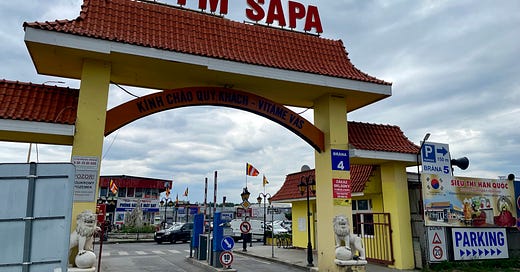



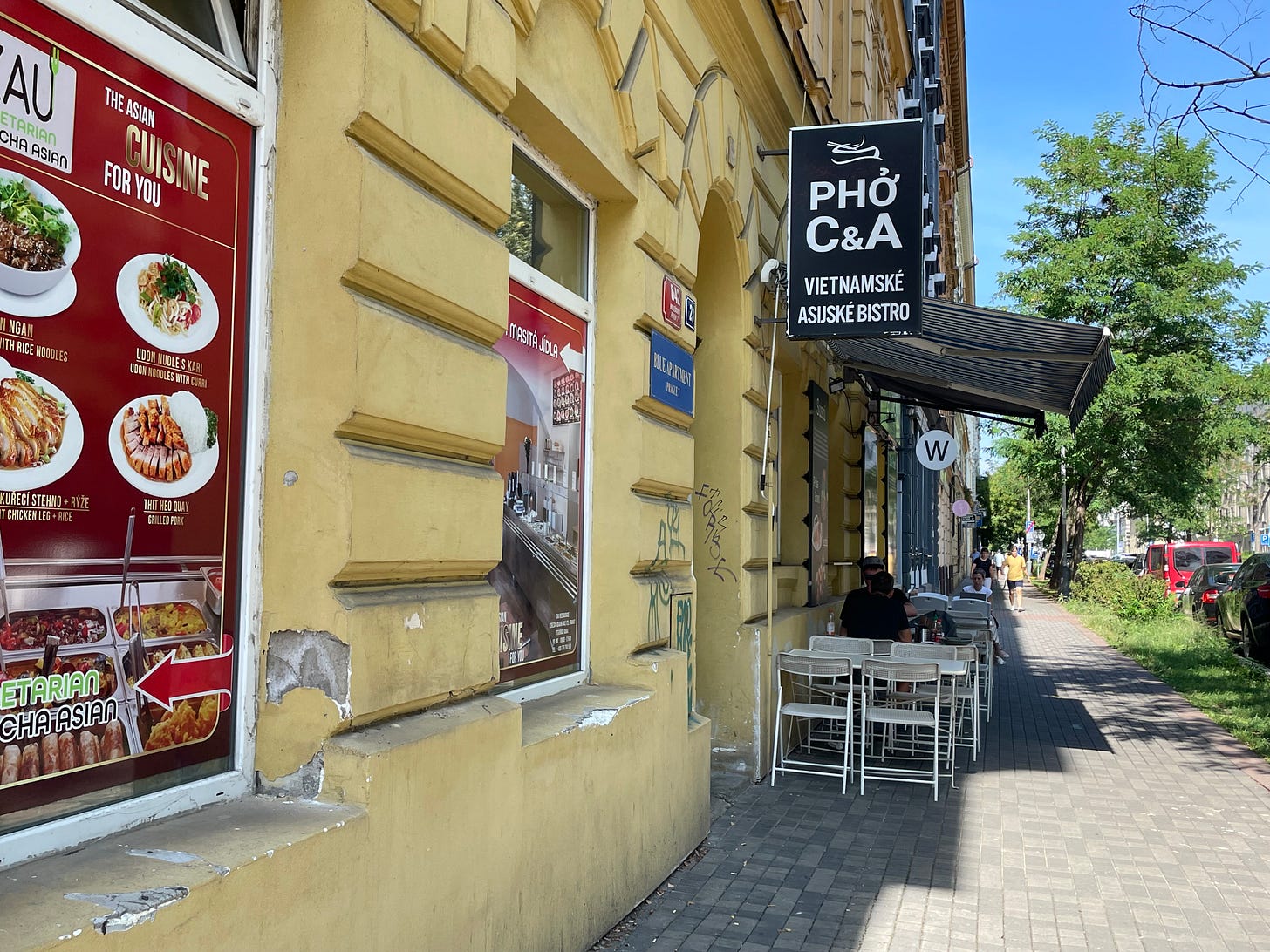
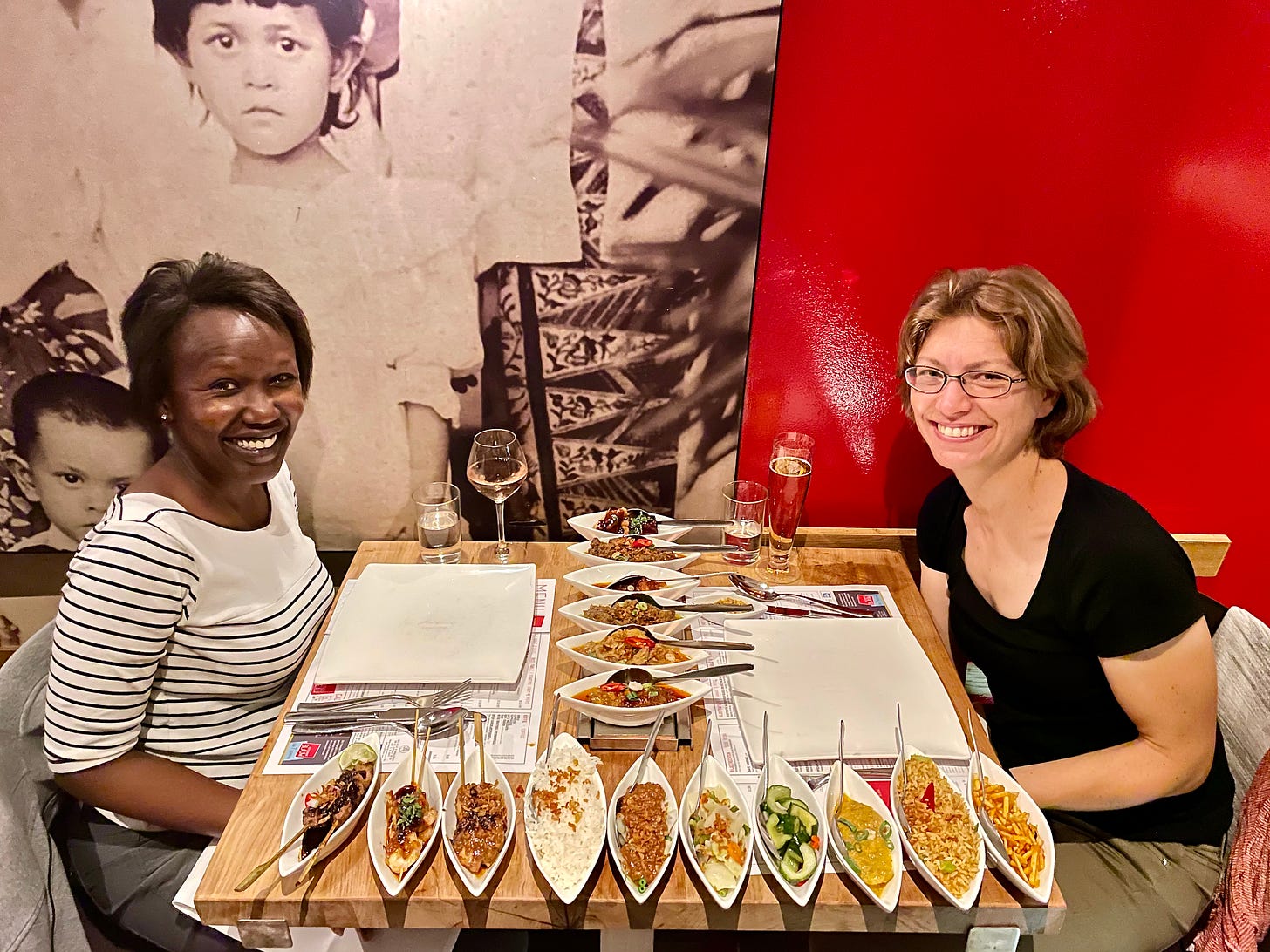
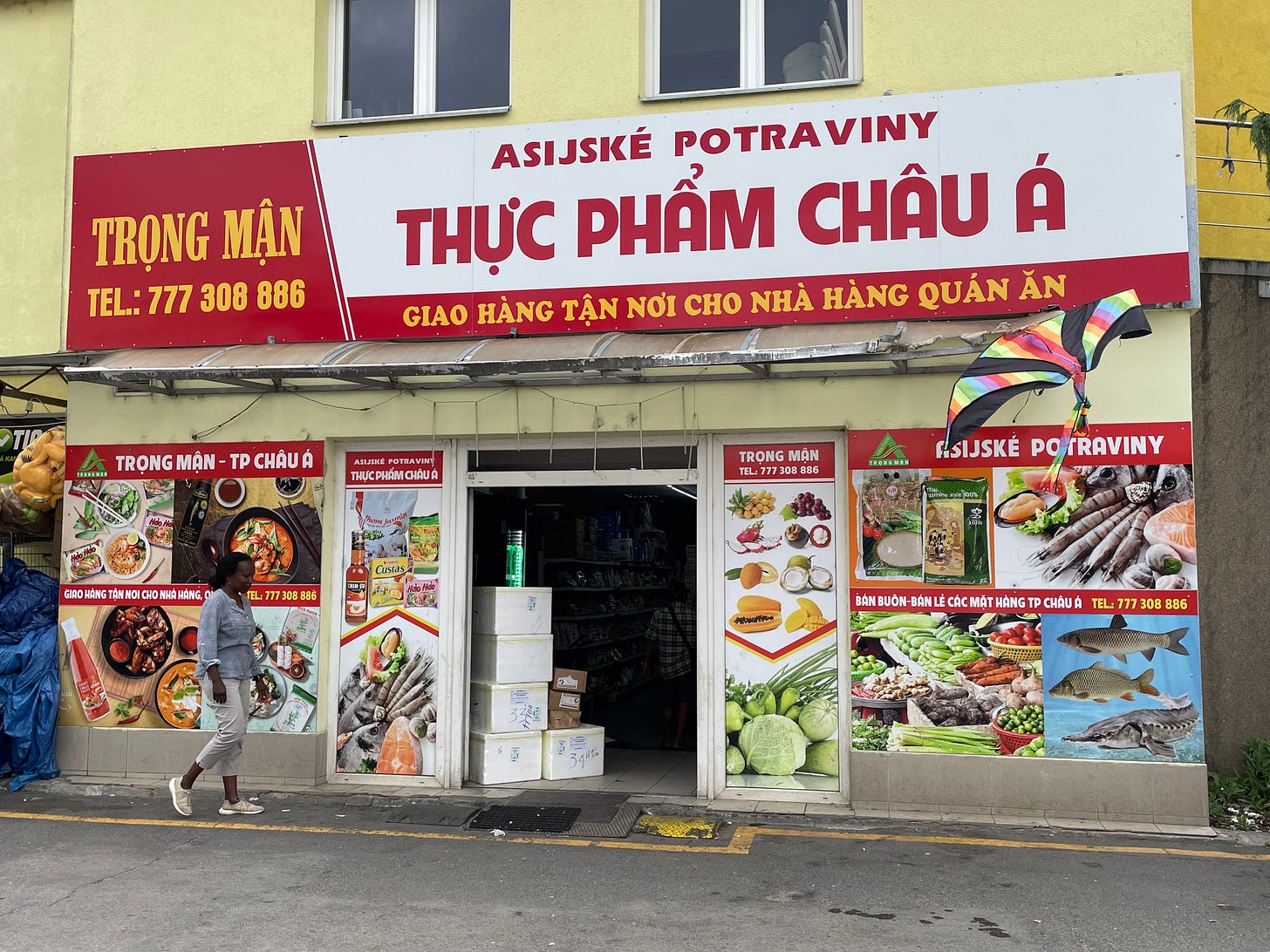
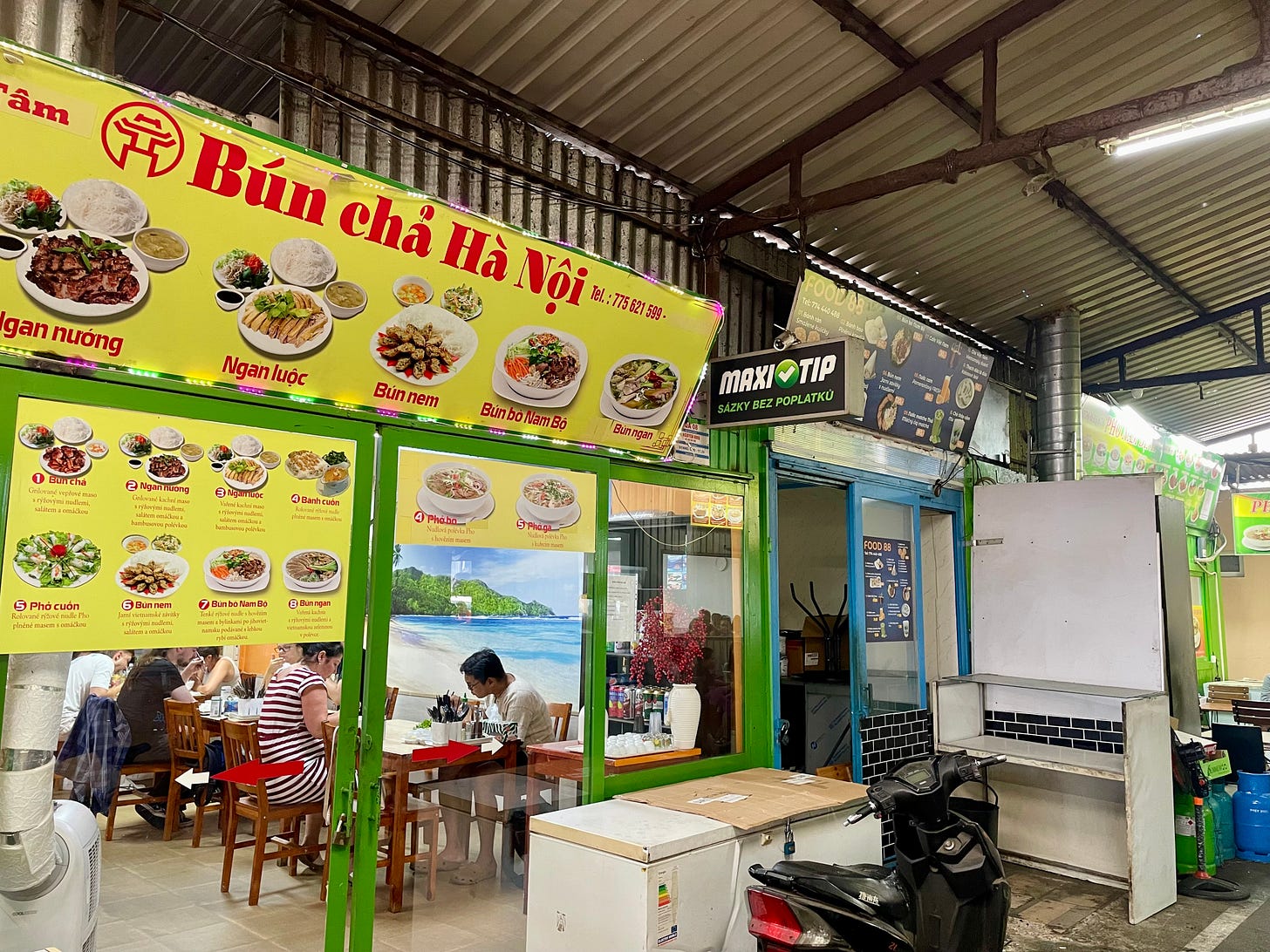
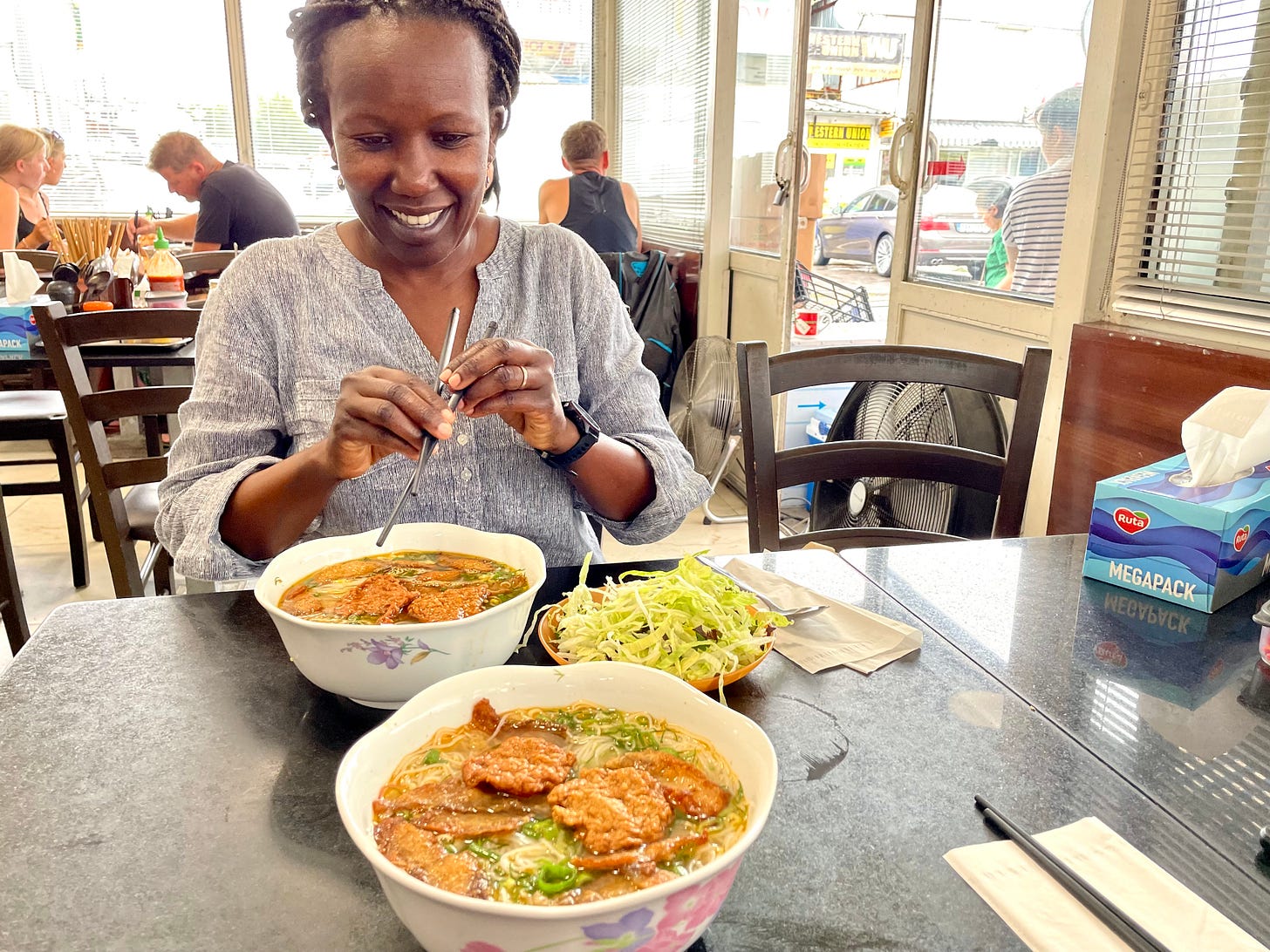
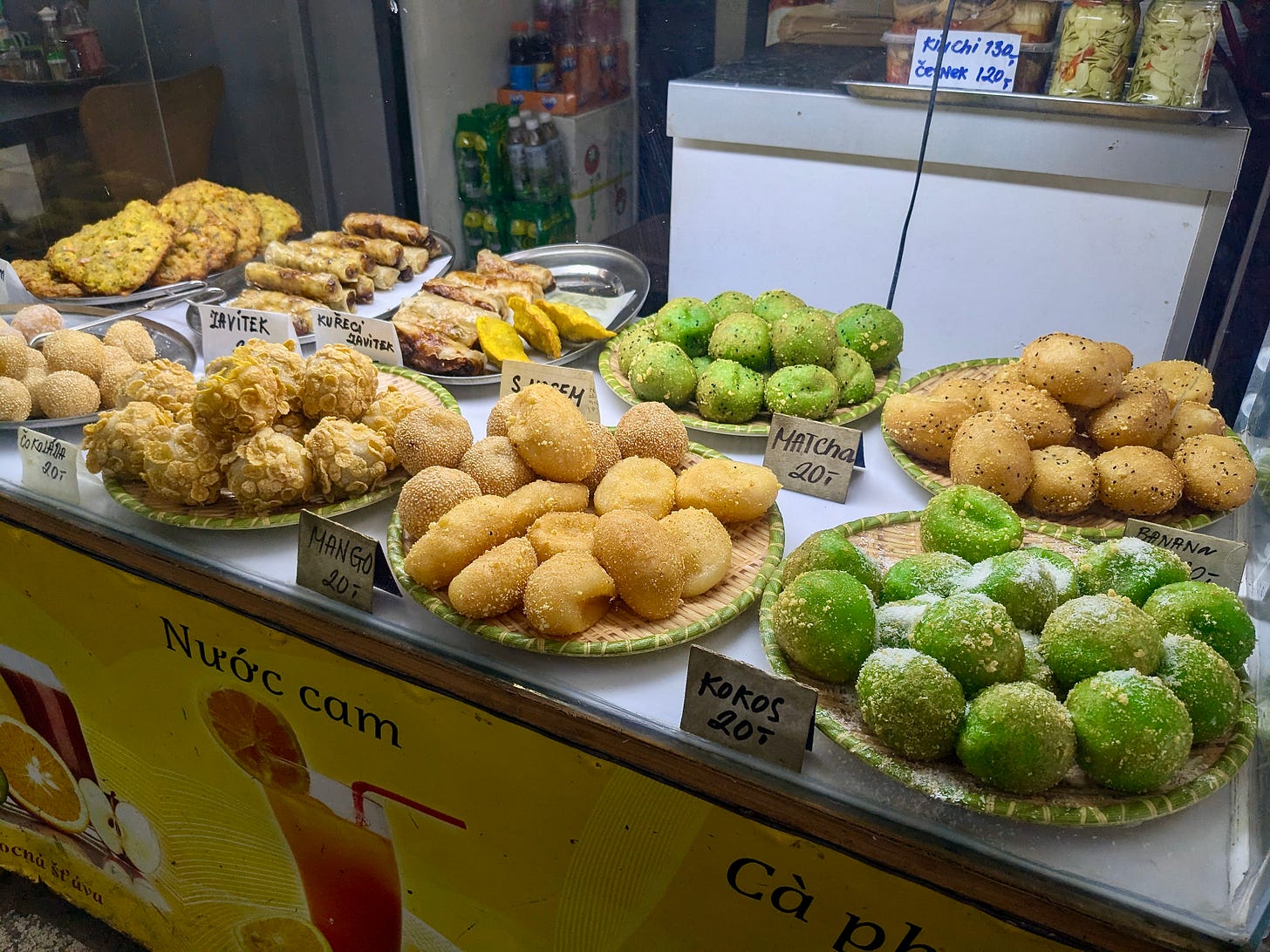
I can only confirm what you say, the 'cuisine' is - besides the arts - the best tool for global connections and understanding....